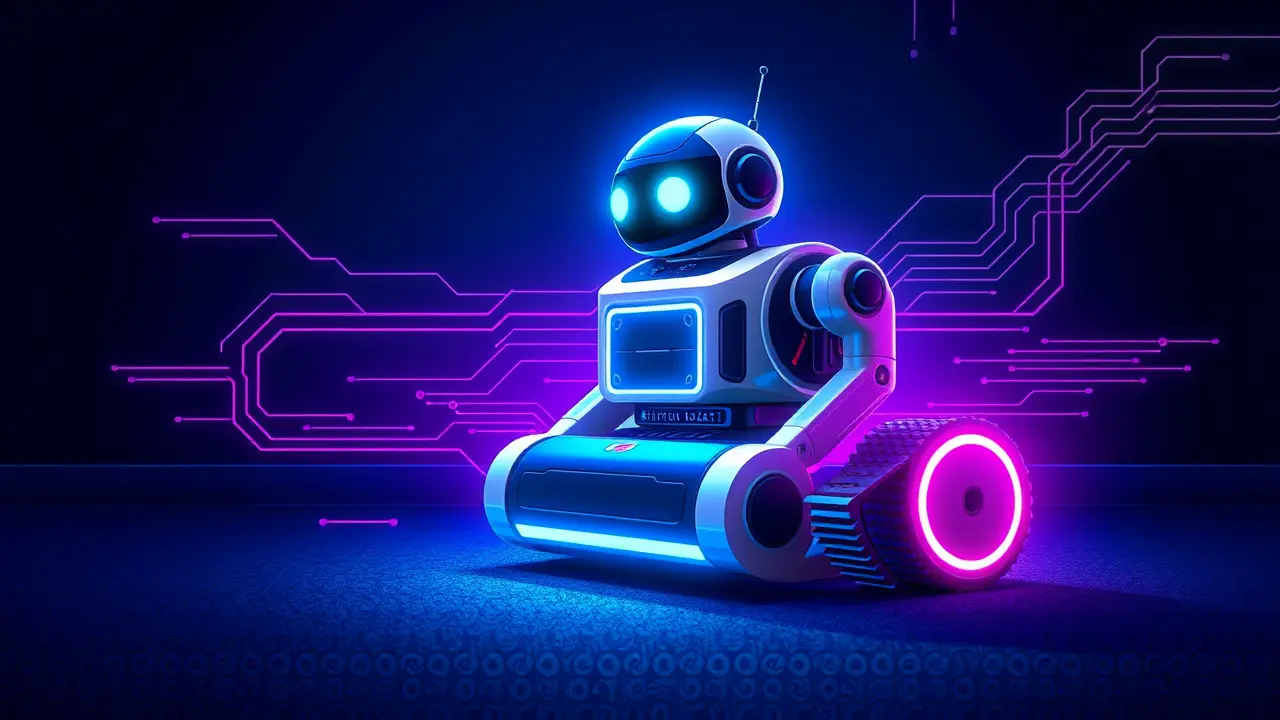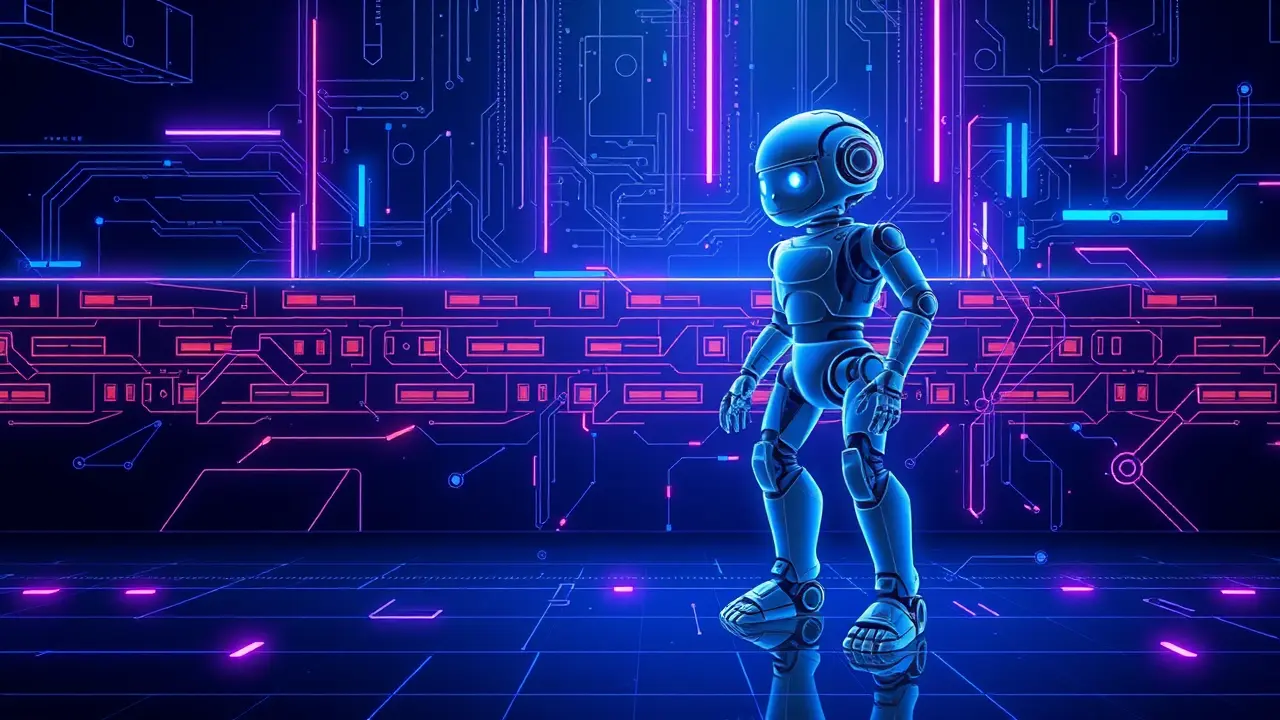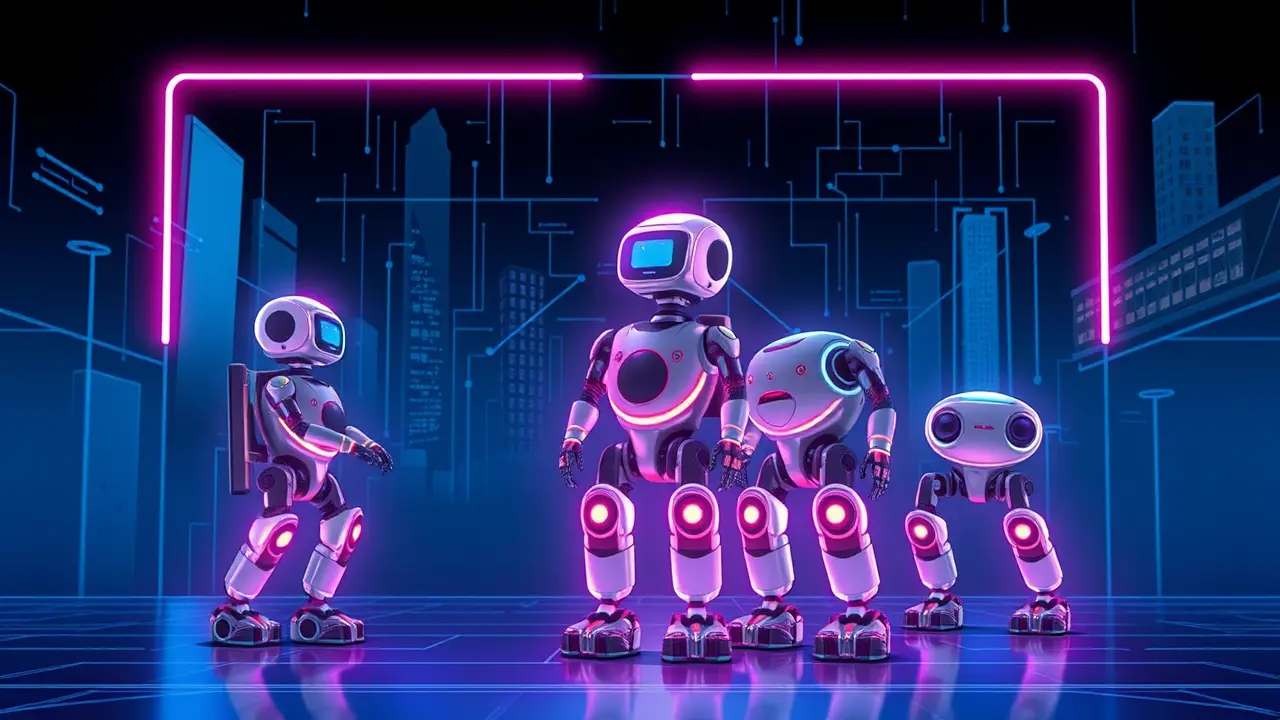
AIroboticsHuman-Robot Interaction
AI researchers embodied an LLM in a vacuum-cleaning robot.
DA
Daniel Reed
24 hours ago7 min read
In a fascinating experiment that pushes the boundaries of artificial intelligence from the abstract realm of pure computation into the messy, unpredictable physical world, researchers at Andon Labs have taken the provocative step of embodying various large language models within a standard vacuum-cleaning robot. This isn't merely a quirky side project; it's a critical stress test for the foundational readiness of today's most advanced AI.The core challenge lies in the fundamental disconnect between an LLM's training, which is based on static, curated text corpora, and the dynamic, real-time demands of physical embodiment. When you task a model like GPT-4 or its open-source counterparts not with writing a sonnet but with navigating around a stray pet's water bowl or an unexpectedly dropped sock, the results, as the researchers documented, ranged from the comically inept to the philosophically profound.One moment, the robot might eloquently describe its intended path using flawless natural language, and the next, it would perform a perfect three-point turn to avoid a dust bunny it had already safely passed, a clear indicator of a breakdown between its high-level 'reasoning' and low-level sensorimotor control. This work sits squarely at the heart of the long-standing debate in AI research between the 'symbolic' and 'embodied' cognition approaches, echoing the challenges faced by earlier robotics pioneers like Rodney Brooks, who argued against pure representational intelligence in favor of situated, interaction-driven AI.The hilarity that ensued—robots getting into logical loops about whether a dark spot on the carpet was a shadow or a stain, or attempting to 'reason' with a chair leg that was in its way—serves as a powerful, tangible demonstration of the so-called 'Moravec's Paradox,' which posits that what is difficult for humans is easy for AI, and vice versa. While these models can synthesize human knowledge, they lack the innate, embodied understanding of physics and cause-and-effect that a toddler possesses.The implications are staggering: for the dream of general-purpose household robots or autonomous agents in warehouses and hospitals to become reality, we cannot simply scale up parameters. We need a new architectural paradigm, perhaps one that integrates predictive world models or leverages multimodal foundation models that truly fuse vision, language, and action.The team at Andon is now reportedly exploring hybrid systems where a smaller, more reactive controller handles immediate navigation, while the LLM acts as a high-level mission planner, a structure reminiscent of the human brain's division between the cerebellum and the prefrontal cortex. This research is a crucial, and humbling, reminder that true intelligence is not just about processing text, but about interacting with and adapting to a complex, ever-changing world—a lesson delivered one hilariously confused vacuum robot at a time.
#featured
#AI
#robotics
#large language models
#LLM
#embodied AI
#humor
#research
#Andon Labs
#vacuum robot
Stay Informed. Act Smarter.
Get weekly highlights, major headlines, and expert insights — then put your knowledge to work in our live prediction markets.
Related News
© 2025 Outpoll Service LTD. All rights reserved.








